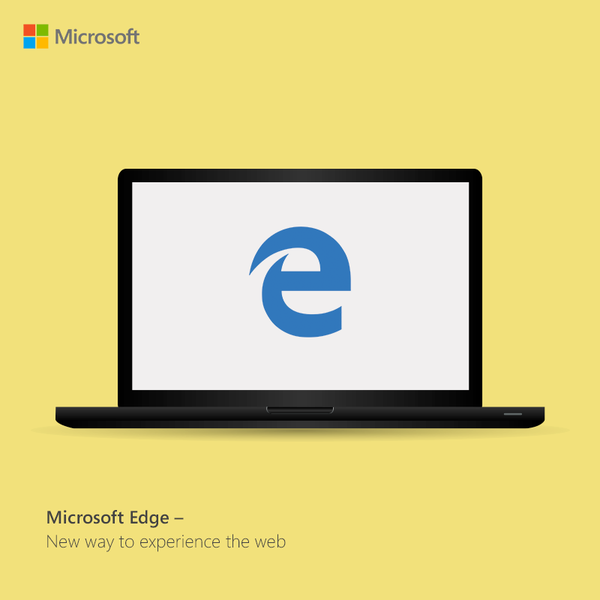By Ellen Fraser, | January 13, 2016

Microsoft Edge is the successor to IE is the built-in browser on Windows 10, and offers a simple design and access to Microsoft’s virtual assistant Cortana.
Microsoft has ended its support for old versions of Internet Explorer, including IE8, IE9, and IE10, as well as Windows 8.
The Redmond, Washington tech giant will cease support for the three year old operating system, meaning Windows 8 is going the way of Windows XP. It will not receive any security updates and bug fixes at all, according to PC World. Users still on Windows 8 will have to upgrade to Windows 8.1 or make the jump to Windows 10. Both are free upgrades for Windows 8 users.
Like Us on Facebook
While support for Windows 8 has ended, Windows 8.1 will have Mainstream Support until January 9, 2018 and Extended Support until January 10, 2023. Mainstream Support includes free incident support, warranty claims, and fixes for non-security as well as security bugs, plus design changes and feature requests. Extended Support consists solely of security updates.
For users who want to still use, Microsoft suggests to move to the new version, Internet Explorer 11, which offers better security, improved performance, better backward compatibility, and support for web standards. This version of the web browser will continue to receive fixes and security patches, as well as technical support on several versions of Windows, including Windows 7, Windows 8.1 and Windows 10.
In addition, there are some organizations that plan to stick with old Internet Explorer for compatibility reasons. The best practice advice for those organizations is to use Internet Explorer 11 and its Enterprise Mode, and a Windows version that supports Internet Explorer 11 as well. This mode has decent compatibility with legacy Internet Explorer features, including ActiveX controls, and is probably the best option for those who want to remain supported while still using ancient technology.
Users can also choose to move to Microsoft’s new web browser, Microsoft Edge, if they also move to a Windows 10 device, Tech Crunch reported. This successor to IE is the built-in browser on Windows 10, and offers a simple design, access to Microsoft’s virtual assistant Cortana, a “Reading View,” and the added ability to doodle or annotate web pages with notes, among other things.
Microsoft has been heavily pushing its newer OS Windows 10, and the operating system is now running on over 200 million devices. However, the company’s larger goal is to increase that figure to over a billion in a few years’ time. In part, getting there will require overcoming users’ inertia and enterprise’s reluctance to move to a new version of an OS.
-
Use of Coronavirus Pandemic Drones Raises Privacy Concerns: Drones Spread Fear, Local Officials Say

-
Coronavirus Hampers The Delivery Of Lockheed Martin F-35 Stealth Fighters For 2020

-
Instagram Speeds Up Plans to Add Account Memorialization Feature Due to COVID-19 Deaths

-
NASA: Perseverance Plans to Bring 'Mars Rock' to Earth in 2031

-
600 Dead And 3,000 In The Hospital as Iranians Believed Drinking High-Concentrations of Alcohol Can Cure The Coronavirus

-
600 Dead And 3,000 In The Hospital as Iranians Believed Drinking High-Concentrations of Alcohol Can Cure The Coronavirus

-
COVID-19: Doctors, Nurses Use Virtual Reality to Learn New Skills in Treating Coronavirus Patients











